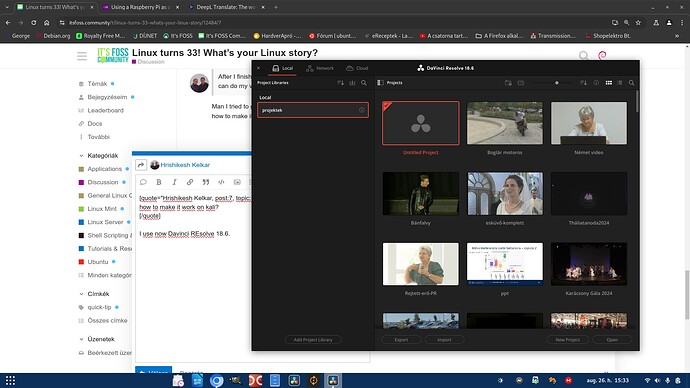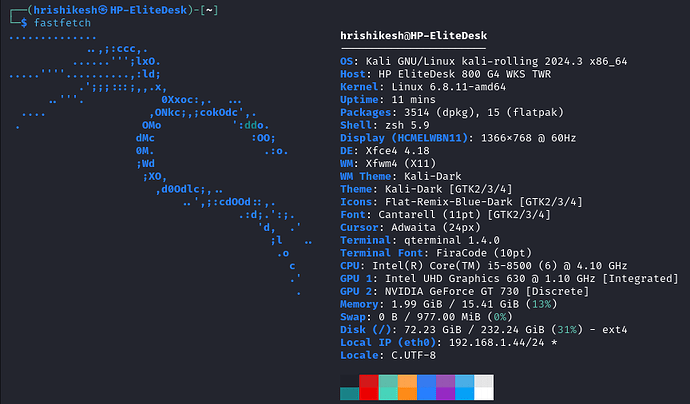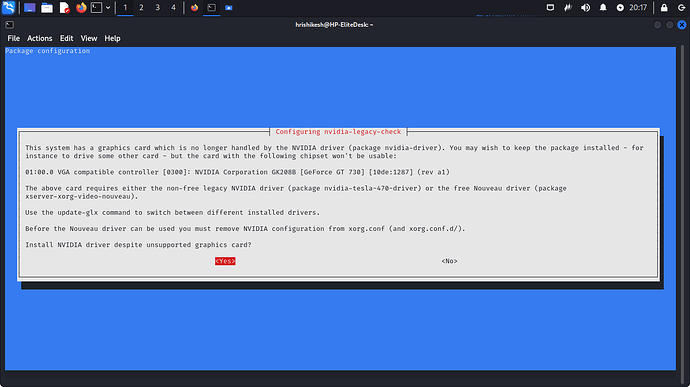I know this story was more suitable yesterday but I forgot to send the draft…
33 years ago, on 25th August 1991, Linux Torvalds made the announcement stating that he is making an OS as a “hobby”. And the same “hobby” is now being used by worlds top 500 supercomputers, the ISS and the entire internet!
It is also being used by users like us, who just enjoy using linux and do some good work on it. So what’s your linux story?
Let me share mine.
I started using linux in March 2020. The first OS I was used was Ubuntu 18.04 lts on a HDD powered 4g ram laptop because windows was running slow on it. Then I upgraded it to 20.04 which was one of the best os updates in my life!
Then my father bought a pc from his office due to lockdown which had good specs with 8gigs of ram and i5 8th gen( Thats the same pc I use now). Although it had an HDD at that time so I used only Ubuntu and Mint on it.
Then I got a SSD for my birthday the next year and started trying different Oses. I tried Zorin, Neon, Kubuntu, Mint(xfce), Manjaro and finally Pop, which I used till last month.
Then I switched to Kali because I have started some ethical hacking courses and I still use Kali.
I really enjoy using linux. Its clean, minimal and main thing is that it’s FOSS. It lets you have full control on it. There are some tasks which are not so easy to do on linux but finding the way for it to work is the best thing ever!!
So that was my linux story. Now it’s your time to tell your linux story!
Regards,
Hrishikesh.



